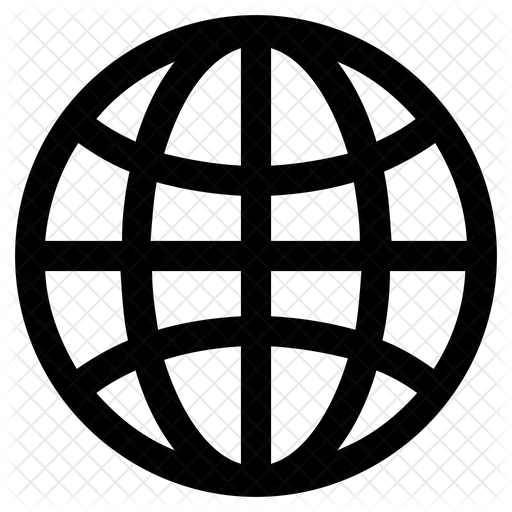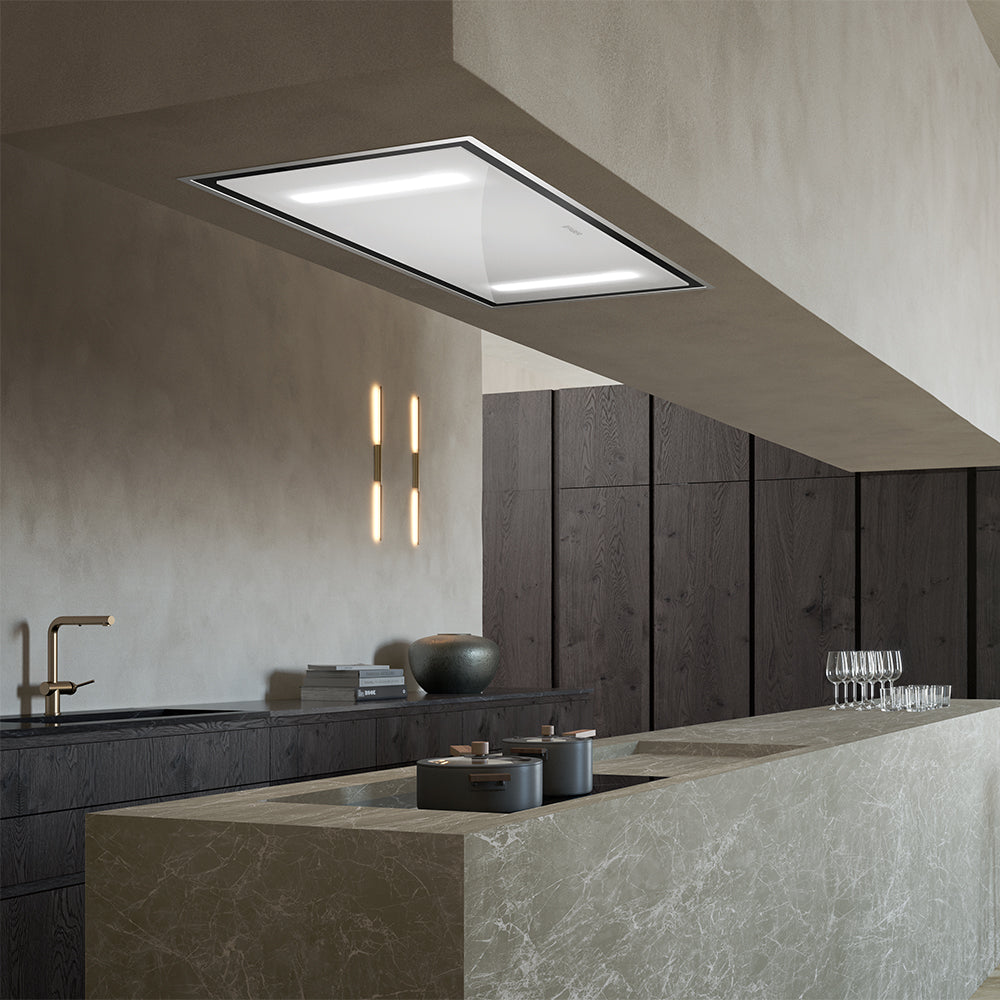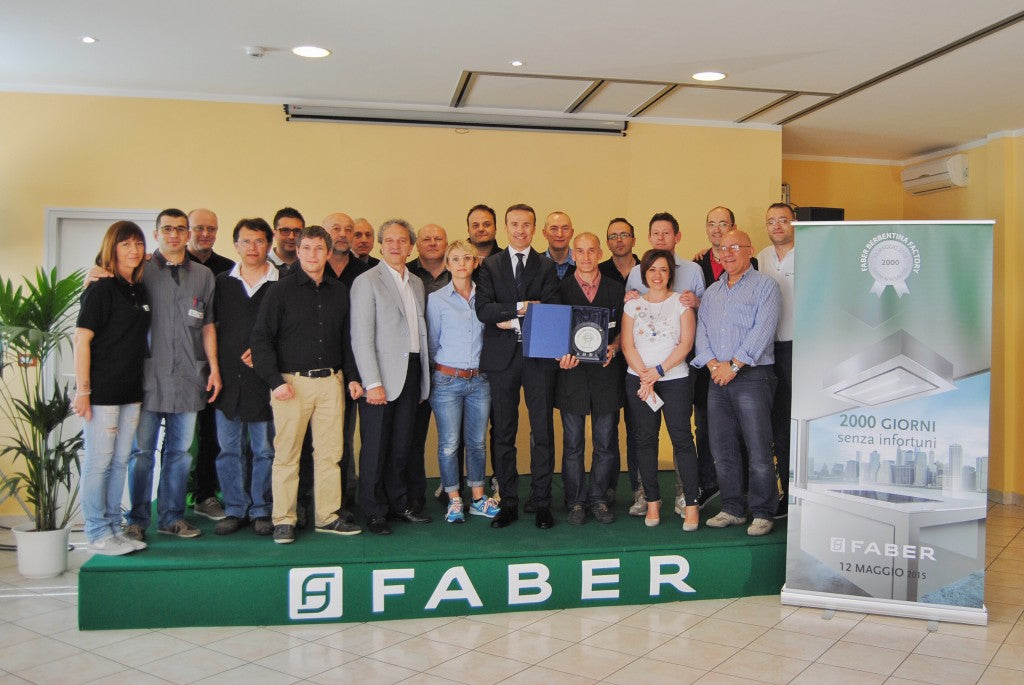When designing a reliable and efficient cooking space, choosing the right hob is absolutely crucial. The options on the market can generally be divided into two main categories: gas hobs and induction hobs. Just as some bookworms prefer paper books over modern ebook readers, many cooks are still very attached to their gas hobs. However, the growing popularity of induction hobs is more than just a passing fad: this technology offers many benefits in the kitchen, and it is worth doing some research before coming to a decision. After all, a hob is an important investment that you should be able to rely on every day.
In this article, we will take a deep dive into the different features and advantages of induction hobs, from safety to precision, right through to energy savings, analysing the differences between the two options to help you make the right choice for your kitchen.
What is induction cooking?
Induction cooking is an innovative method that heats cooking vessels through the power of electromagnetic induction. Unlike gas hobs, which use flames to heat pots and pans, induction hobs use an electric coil under a glass-ceramic surface: when an electric current passes through the coil, a magnetic field is generated, which induces an electric current in the base of the cooking vessel. This current generates heat that is transferred directly to the pot or pan, allowing you to cook food quickly and efficiently.
Gas hobs vs induction hobs: energy efficiency
Compared to gas hobs, induction hobs are known for their impressive energy efficiency: studies have shown that induction hobs can be up to 40% more efficient. This important feature offers remarkable savings in terms of long-term energy costs and a reduced environmental impact.
Since the heat is generated directly within the cooking vessel, less energy is lost compared to gas hobs, which produce heat via open flames: as a result, the energy is used more efficiently and less heat is dispersed into the surrounding environment. Furthermore, as induction hobs offer precise control over temperature, they reduce the risk of overheating or wasting energy. When a pan is removed from the cooking surface, heating stops almost immediately, ensuring further energy savings.
Increased safety thanks to induction cooking
Induction hobs also offer several advantages in terms of safety compared to gas hobs, which makes them an ideal choice for families with children.
Here are some of the most important issues to consider:
- Open flames — One negative aspect of gas hobs is the open flames, which can be responsible for numerous types of house fires. In induction hobs, however, the heat is generated and transmitted via the glass-ceramic surface, which significantly reduces this kind of danger.
- Fast cooling — After cooking, induction hobs cool more quickly once the pot or pan is removed from the surface, thereby decreasing the risk of accidental burns.
Accurate and even cooking: precise temperature control
Unlike gas hobs, induction hobs offer precise temperature control: being able to regulate the temperature precisely and instantly when cooking allows you to cook your food more accurately and evenly. This feature makes all the difference, especially when it comes to foods that are particularly sensitive to heat or recipes that requires specific temperatures.
Induction hobs: design and cleaning, speed and convenience
Are induction hobs easy to clean? Thanks to their minimalist and contemporary designs, which pair beautifully with modern furnishings and diverse styles of kitchen, induction hobs are also very easy to clean, as their smooth surfaces are free from raised areas and gaps. Did you know that induction cooking also saves you money? As induction hobs can halve your cooking times, e.g. bringing water to a boil in just 4 minutes, compared to 9 minutes on a classic gas hob, preparing meals is much quicker, more convenient and easier to control.
Last but not least, induction hobs are also easier to install. For even greater practicality, some models are equipped with integrated extractors, eliminating the need for an extractor hood (which is otherwise recommended). If you are looking for an induction hob with an integrated extractor, look no further than the Galileo Smart and Galileo NG from Faber's Galileo line: the perfect blend of practicality, efficiency and functionality. These cutting-edge appliances boast elegant and compact designs that combine all the benefits of an induction hob with touch slider controls, waterproof technology, a silent brushless motor for the extractor fan, and the Bridge Zone feature that allows you to select individual cooking elements or combine them to create larger areas, ideal for large pots and contemporary cooking techniques.
How to solve the problem of condensation in induction hobs
An unavoidable drawback in induction hobs is that of condensation formation. This is because here the hob heats the pan but not the surrounding air: coming into contact with a cold object (such as hood filters), the vapours turn into drops falling onto the hob during cooking. A phenomenon that does not occur when using a gas cooktop, since in this case the gas heats both the pan and the surrounding air, preventing condensation.
Although some expedients can be used to minimize dripping, such as installing the hood at the correct height, or taking care to turn it on a few minutes earlier to allow it to warm up, the best way is, of course, to choose a hood that completely eliminates the problem of condensation, such as kitchen hoods with Zero Drip technology from Faber. Latest-generation models feature the Zero Drip and Zero Drip Plus systems that stop condensation after it has formed: while the former collects it in a groove, preventing it from falling onto the cooktop, the latter ensures that it evaporates through contact with specially heated surfaces. By choosing the refined In-Nova Zero Drip, Glam Fit Zero Drip and Glam Light Zero Drip hood models, all you have to do is touch the "Zero Drip" button to activate the heating elements located on the glass and inside the hood. Their advanced technology is perfectly capable of actively preventing the formation of condensation drips even in prolonged cooking situations.
Thanks to their energy efficiency, safety, practicality and aesthetics, these high-performing models are sure to tempt even professional chefs away from gas hobs!











